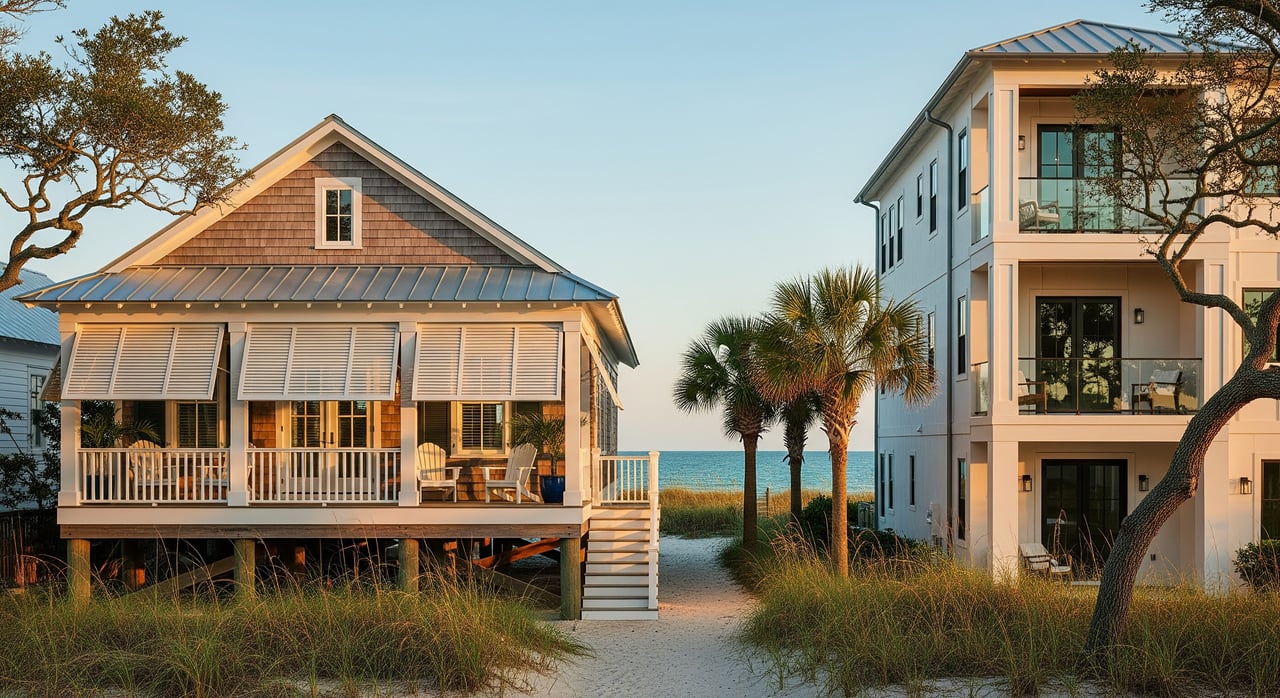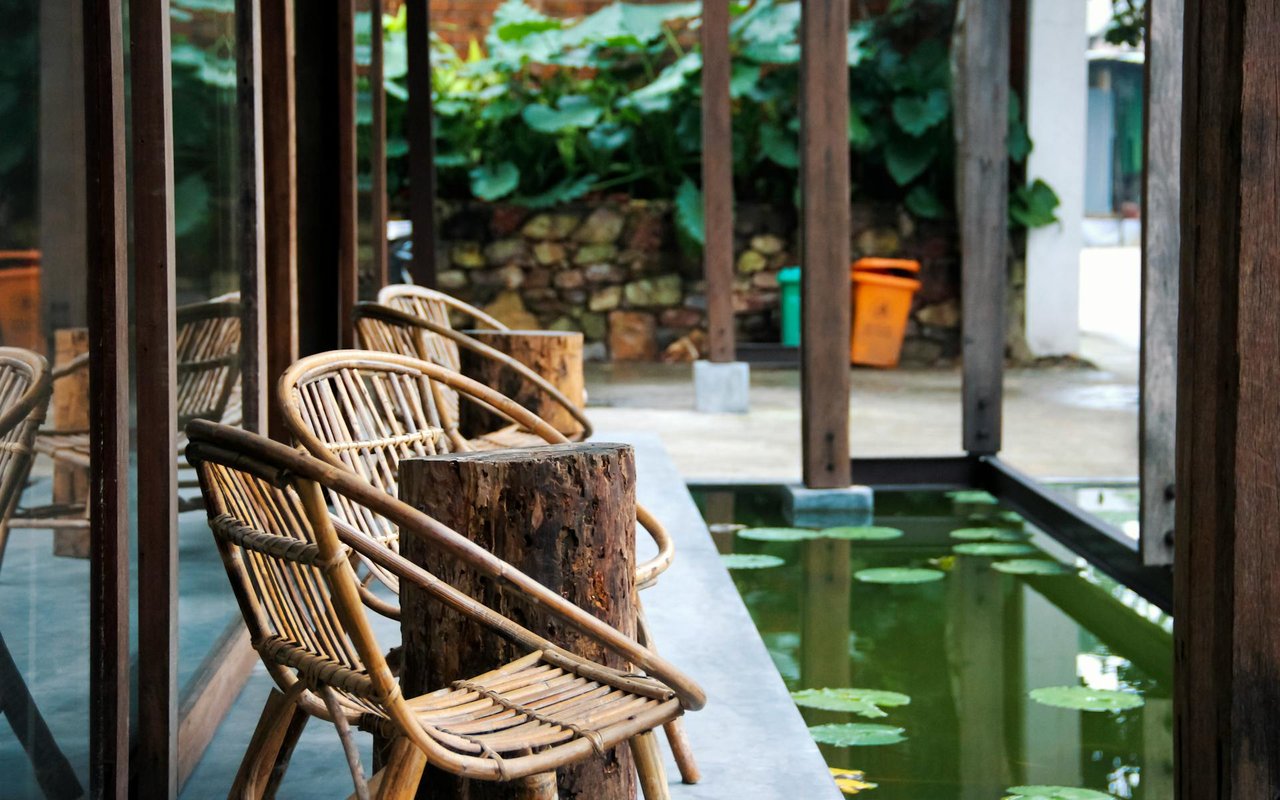
Using a Tankless Water Heater
September 28, 2019

September 28, 2019
Ever have one of those random mornings that everything goes wrong? Worst of all, everyone in the house managed to get ahead of you into the shower and now there's no more hot water. Ugh!
You demand hot water! At least, you'd like to. And you can make demands with an on-demand hot water system.
Long used in Europe and other parts of the world, on-demand water heating units typically heat water at that the time the tap turns on rather than heating a tank full of water. According to Energy.gov, an instantaneous-type water heater avoids standby energy losses associated with tank storage water heaters. That can save you money on utilities over time.
Here’s how it works: Tankless water heaters heat the cold water running through the pipe and into the unit. Either electric or gas, the units supply constant hot water as long as the tap is open. And since you don’t need to wait for a tank to fill up, the last person to get in the shower receives the same amount of hot water as the first person.
There are limitations, however, that have to do with the rate of flow. A typical tankless unit will provide between two and five gallons per minute, so if you're used to more water pressure, you might be disappointed. Also, if you install one central until to heat water for the entire home, you'll find this limitation is problematic when running both the dishwasher and the shower or filling a tub at the same time you're washing a load of clothes on hot. To overcome this limitation, install more than one unit in parallel or install several at the point of use: so, place one in each bathroom, one in the laundry room and one in the kitchen.
Another option that works for small amounts of instant hot water, such as to fill a kitchen sink for dishes, is a point-of-use water tank. These are small tanks that hold between two and five gallons, placed on the hot water line near to where you might use them. A two-gallon might work under the kitchen sink so that water for rinsing is available immediately. A larger version, say a five-gallon unit, might go inline to your washer in the laundry room if you need to wash in hot water on a consistent basis.
An advantage of these tanks is that the water is available in the location you need it most, while still being in-line with your main household water tank. The distinct disadvantage is that if you need more hot water than the tank holds, you must wait for it to arrive from the household unit anyway.
Either one might be just the perfect solution for you. Contact a certified installer to give you an idea of your options. And check with your local real estate professional to see how adding one of these units can increase your home’s value.

December 18, 2025

December 4, 2025

November 21, 2025

April 8, 2024
To help you squeeze every bit of storage from your patio, here are some ideas to try.

April 8, 2024
These are some excellent options for adding color and variety to your shade garden.

April 6, 2024
A great way to handle a home renovation is to plan it like a project and divide it into sections and sub-plans.

April 6, 2024
You got qualified for the loan and the agent has all the paperwork ready to go.

April 6, 2024
Low-maintenance, small-space pets do exist, but it’s important to know how to provide for them.

April 6, 2024
Cottage houses come in a wide variety of styles based on era and region-specific traditions.
A seasoned full-time real estate professional, Julie has developed her expertise over decades of experience living and working in the area she calls home. She encourages you to contact her to become your trusted real estate partner. Together, let's achieve real estate success!